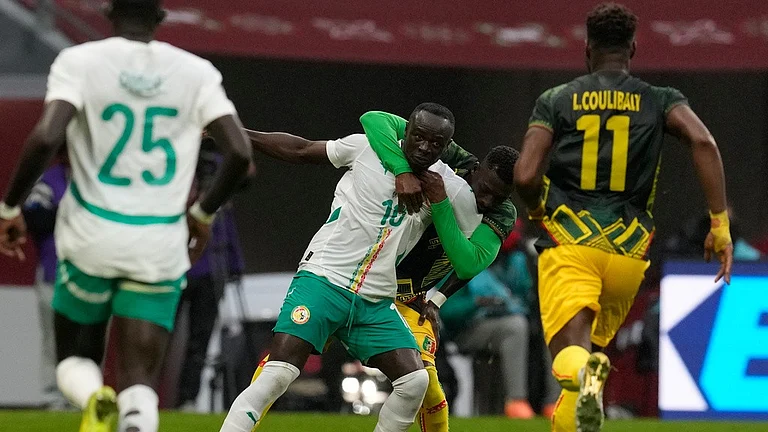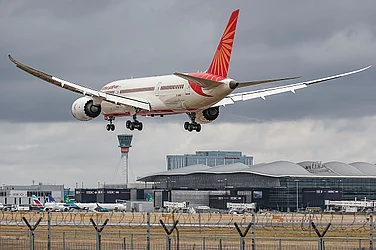The debate over Karnataka’s lopsided growth—where the north vies with the south over resources and development—is an old one, something expert panels have examined over the decades. But resentment over regional imbalance is rearing its head again, with outfits in the worse-off northern parts reiterating the demand for a separate state.
That demand was made in 2002 as well, says Somashekar Mahadevappa Kotambari, president of the Uttara Karnataka Pratyeka Rajya Horata Samiti, which has called a bandh in 13 districts in northern Karnataka this week to press the case. “This is a four-decade-old demand,” he tells Outlook. “The struggle will continue up to the formation of a new state.” What has ruffled feathers further, he claims, was Chief Minister H.D. Kumaraswamy’s angry retort at a recent farmers’ protest over a crop loan waiver, asking why they didn’t think of him during the polls. The CM is irked by the opposition’s criticism that his budget allocations were skewed towards his party’s (JD-S) southern stronghold. But, say analysts, undertones of the stand-off reflects the disgruntlement of local leaders left out of the JD(S)-Congress coalition government. Kumaraswamy’s outburst puts partner Congress in a spot, especially in the context of the 2019 Lok Sabha elections. However, to many, the issue is largely about equitable development; talk of a separate state is more a pressure tactic.
The complaints of neglect are aplenty. “People feel these areas are neglected whether for development, irrigation and road projects, budget allocation or representation in the cabinet,” says journalist and writer Sarjoo Katkar. “If governments had implemented the suggestions of the Nanjundappa committee report, perhaps it would not have arisen,” he says. The northern districts do lag behind in education, healthcare and industrial progress.

“They spend thousands of crores on the Bangalore Metro, but North Karnataka’s agitations for drinking water are ignored,” says Kotambari. Incidentally, it was during Kumaraswamy’s previous term as CM that Belgaum was proposed as a second capital, and a ‘Suvarna Soudha’—a replica of Bangalore’s state secretariat, built. But since it hosts the winter legislature session, the building is a ‘bhoot bungalow’ for the rest of the year, says Kotambari.
These regional inequalities go back to the reorganisation of states, when parts of erstwhile Bombay and Madras presidencies and the Nizam’s Hyderabad were merged with the princely state of Mysore to form Karnataka. Mysore, with its early experiments in irrigation, electricity generation and public sector industries, fared better than the northern districts—roughly, the region north of the river Tungabhadra’s course through the Deccan. In 2002, when the issue of lop-sided development cropped up again, the government set up a panel under academic D.M. Nanjundappa, which reported that an underdeveloped north was apparent, with as many as 26 ‘most backward taluks’ there, as against 13 in the south. It recommended a micro-planning approach by making taluks the primary unit for evolving development strategies. Previous attempts to frame the problem started with a fact-finding committee in 1954 and, in 1980, a Hyderabad Karnataka Development Committee.
Observers reckon that support for a separate state is weaker in the Hyderabad-Karnataka region that has special status under Article 371J, which guarantees reservation for jobs among other provisions. Kotambari says there’s enough support in the 13 districts. “It’s a widespread struggle at this juncture,” he claims.
“This is a continuation of what they (northern protesters) have been arguing since day one. They would like to keep the issue alive so they continue to get support,” says economist Abdul Aziz, a member of the Nanjundappa Committee. But the arguments, he says, are legitimate because backwardness persists in spite of the government’s efforts. “It is a difficult problem to tackle as it takes a long period to resolve,” he says. “There are natural resources, but there is a lack of leadership.” That’s ironic, for the region has produced eight chief ministers.
By Ajay Sukumaran in Bangalore


























